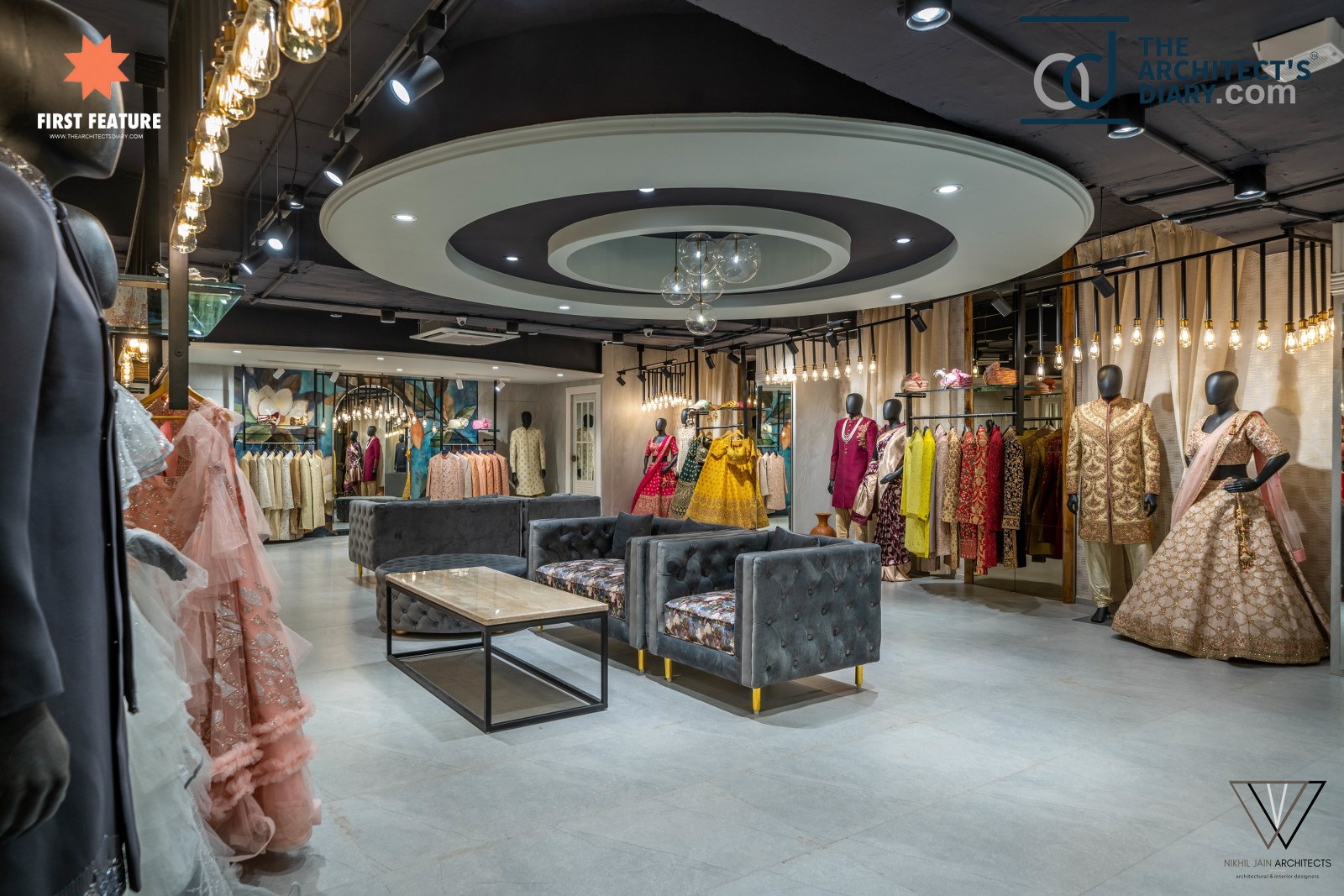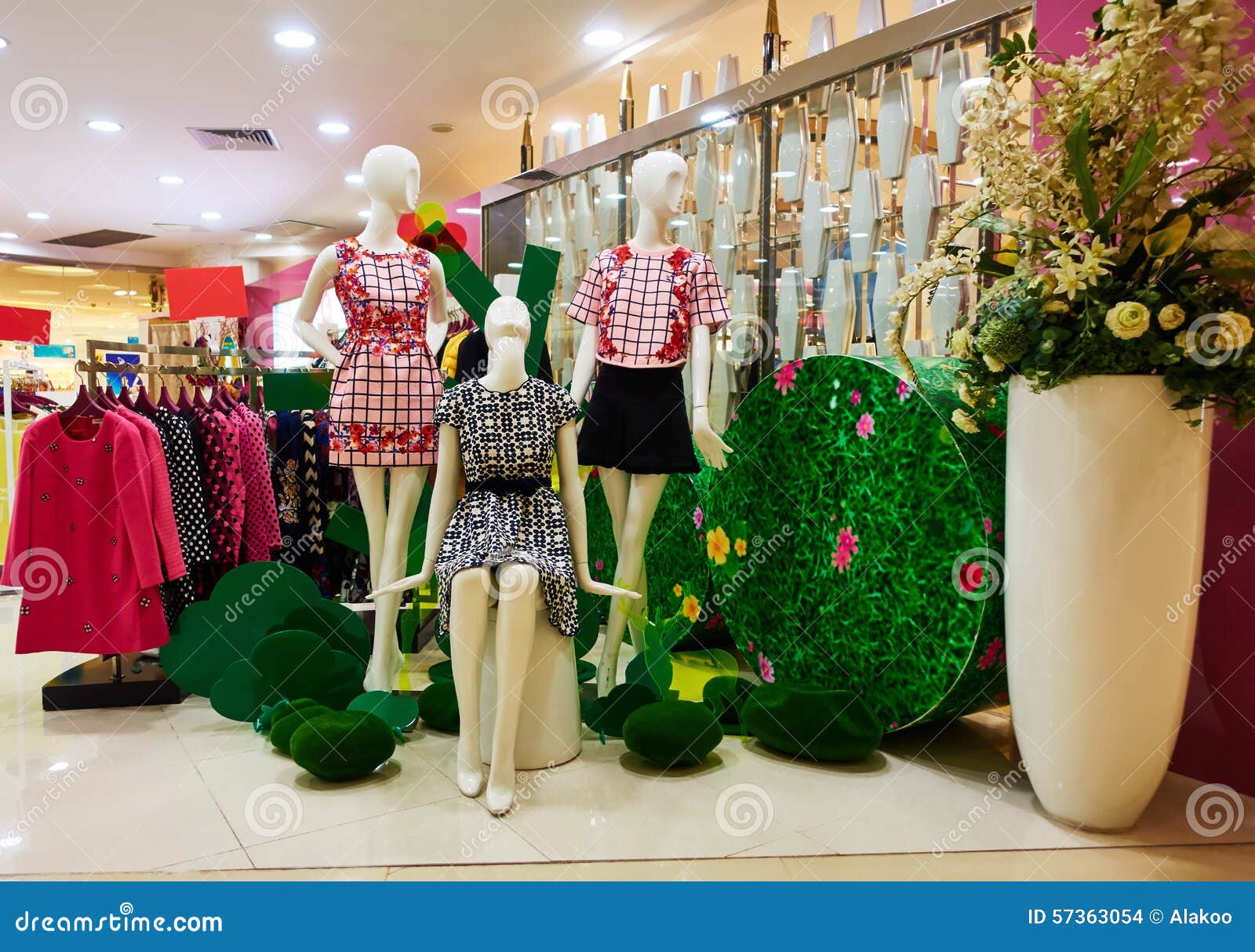The Effect of Social Media on Today's Boutique Fashion Trends
Wiki Article
Checking Out the Advancement and Effect of Clothing on Modern Style Trends
The evolution of garments has actually significantly affected modern fashion fads, combining historic precedents with cutting-edge innovations. Famous figures like Coco Chanel and Yves Saint Laurent transformed the apparel industry by introducing concepts that prioritize convenience and ease of access, which remain to resonate today. Technological strides in areas such as 3D printing and smart fabrics are redefining style opportunities and consumer experiences (boutique fashion). Furthermore, the growing focus on inclusivity and sustainability is improving sector criteria. As we consider these multifaceted impacts, one have to wonder about how these components jointly redefine fashion's function in reflecting and shaping modern culture.Historical Fashion Influencers
In the tapestry of fashion background, certain numbers have actually left an enduring mark, forming the patterns and designs that specify entire ages. Coco Chanel, a cutting edge developer, redefined ladies's style by presenting comfortable, classy garments that left from limiting bodices. Her renowned Chanel match and little black dress have actually come to be timeless staples in wardrobes worldwide. Christian Dior's post-war "New Look" in 1947, with its party of feminineness through complete skirts and cinched waists, noted a return to luxury and has actually continued to affect designers.Elsa Schiaparelli is one more pivotal figure, renowned for her progressive designs that incorporated surrealist art, teaming up with Salvador Dalí to produce wayward pieces that challenged traditional looks. Her innovative use shade and strong patterns resounds in modern style. Yves Saint Laurent, on the other hand, democratized high style with prêt-à-porter collections, bringing runway styles to the masses and setting a precedent for modern-day ready-to-wear lines.
These enthusiasts, to name a few, not only reinvented fashion in their times but likewise established sustaining trends that resonate in today's fashion business, offering a foundation whereupon modern-day developers remain to introduce and build. Their heritages emphasize the relevance of imagination and bold in fashion's ever-evolving story.
Technical Advancements in Fashion
Amidst the vibrant landscape of the apparel industry, technological advancements stand at the leading edge of technology, improving exactly how developers produce and consumers involve with style. The combination of 3D printing has actually revolutionized layout procedures, enabling developers to experiment with complex frameworks and sustainable materials that were previously inconceivable. This technology facilitates fast prototyping, minimizing waste and expediting production times.
Smart fabrics, installing technology into materials, are likewise transforming the market. Innovations like self-cleaning and temperature-regulating fabrics use enhanced performance and convenience. Wearable technology, integrating features like health and fitness monitoring and interaction, includes a new dimension to style, merging aesthetic appeals with usefulness.
Social Shifts and Style
As technological innovations remain to improve the garment industry, cultural changes are equally influential, redefining see post style and customer preferences. In the last few years, the surge of social media systems has sped up the circulation of global style trends, enabling diverse social impacts to converge and exist side-by-side. This digital interconnectivity has helped with the quick exchange of concepts, resulting in a more comprehensive and diverse interpretation of style that reflects the multifaceted nature of modern culture.Social understanding and admiration have triggered developers to draw motivation from a wider range of ethnic and historical contexts, integrating standard themes with contemporary visual appeals. This combination has actually resulted in fashion that reverberates with a broader audience, promoting a sense of identification and belonging across various demographics. Furthermore, the raising demand for personalization has driven brand names to provide personalized choices, enabling customers to share uniqueness while showing their cultural heritage.
Moreover, moving social values have affected fashion, with inclusivity and diversity ending up being central styles. The industry has actually started to welcome designs and influencers of numerous physique, ethnic backgrounds, and sex identifications, tough standard elegance criteria. This improvement emphasizes the power of cultural shifts in forming the future of style, as style ends up being an extra authentic expression of individual and cumulative identity.
Sustainability and Modern Design
While the apparel industry remains to evolve, the vital for sustainability has become significantly urgent, influencing modern-day layout techniques. This shift intends to address ecological worries and moral considerations, causing a reevaluation of conventional manufacturing methods. Developers are now integrating sustainable materials, such as organic cotton, recycled polyester, and eco-friendly fabrics, right into their collections, lowering the eco-friendly footprint of style. The rise of slow-moving fashion, which highlights top quality over amount, urges consumers to purchase timeless pieces rather than short-term fads.Furthermore, modern check that style is characterized by its technology in lessening waste and advertising circularity. This technique not only mitigates environmental effect however also improves the social responsibility of style homes.

Future Trends in vogue

Sustainability will remain to be a driving force in forming future style trends. The market is increasingly taking on environment-friendly materials and ethical manufacturing approaches, responding to an expanding consumer need for responsible practices. Developments such as bio-fabricated products and closed-loop recycling systems are readied to redefine just how clothes is produced and taken in, minimizing environmental effect while preserving style and quality.
Cultural changes, including the rise of inclusivity and diversity, will certainly also play a critical duty. As society becomes a lot more knowledgeable about social problems, style is anticipated to end up being a platform for expression and adjustment. Designers will likely concentrate on developing collections that mirror a more comprehensive array of experiences and identifications, championing representation and availability.
Verdict
The development of clothing significantly affects modern-day fashion patterns, where historic impacts merge with contemporary styles. This recurring development emphasizes fashion's function as a mirror to social values and technical innovation, recommending a future rich with technology and inclusivity.The advancement of clothes has actually considerably influenced modern-day fashion patterns, combining historical criteria with innovative best site technologies.In the middle of the dynamic landscape of the fashion market, technical advancements stand at the forefront of development, reshaping how designers develop and consumers involve with style.While the style industry continues to evolve, the vital for sustainability has come to be progressively immediate, affecting contemporary design practices. As sustainability ends up being embedded in modern-day design, it paves the way for an extra conscious and accountable fashion industry.
The evolution of clothes significantly influences modern-day style patterns, where historic influences merge with contemporary designs.
Report this wiki page